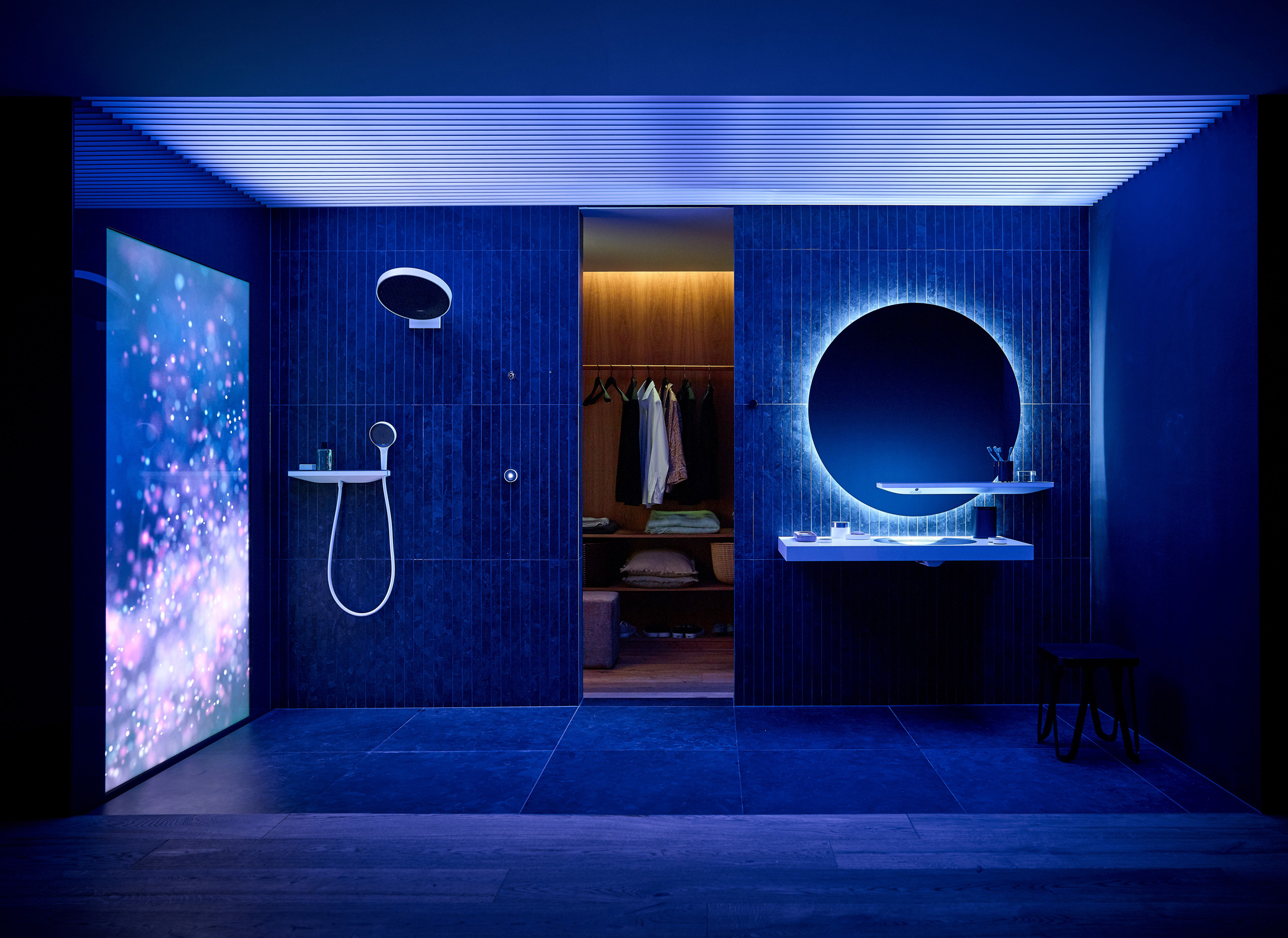
A steam room is created when a water-filled generator pumps steam into an enclosed space so there is moisture in the air when people are sitting in it. The temperature inside a steam room is generally between 110°F and 114°F with a humidity level of 100 percent. Benefits
There are several health benefits associated with a steam room, each of which is described here.
Improves circulation
Sitting in a steam room has been shown to have beneficial effects on the cardiovascular system, particularly in older people. A 2012 studyTrusted Source found that moist heat, such as that provided by a steam room, can improve circulation by dilating the small blood vessels or capillaries. Blood can then flow more easily and transport oxygen around the body. Steam room therapy has also been shown to reduce blood pressure and keep the heart healthier, as well as help to repair broken skin tissue caused by wounds, such as ulcers.
Skin health Both steam rooms and saunas will make a person sweat due to the heat The sweating opens up the pores and helps cleanse the outer skin. Warm condensation will help rinse away dirt and dead skin and has been used in the treatment of acne. However, what a steam room also does that a sauna does not is help remove the toxins trapped below the skin.
Workout recovery
Often, after a workout, a person’s muscles will feel sore. This pain is known as delayed onset muscle soreness, and it is important to relax the muscles to promote a quick and healthy recovery. A 2013 study Trusted Source showed that the immediate application of moist heat after a workout helped reduce pain and preserve muscle strength. The heat soothes nerve endings and relaxes the muscles.